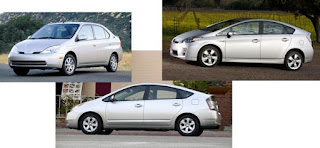For the past decade or so, the people all over the world became more conscious of the adverse effects of almost a lifetime of neglect and abuse of the environment. Suddenly everyone hitched on the bandwagon of "clean living and preservation of and care for the environment". Business is no exception. It was quick to jump into the bandwagon and capitalized on the rising consumer desire to do something right for the environment. Out of this phenomenon, green business was born. The term “green business” pertains to businesses and business practices which are environmentally sound and sustainable. Its products or services replace non-green products or services. Lastly, business operations adhere to environmental principles that adequately address current environmental concerns while maintaining a profit.
Green business differs from traditional business in the sense that it measures success on the so-called triple bottom line or TBL or 3BL. Instead of success being measured on the usual parameter of profit, companies take the extra mile by thinking beyond money. Social (people) and environmental (planet) factors are taken into consideration as well. It must meet customer satisfaction and at the same time treat the environment well. It gives back to the environment by producing products and services that will benefit it in the end.







